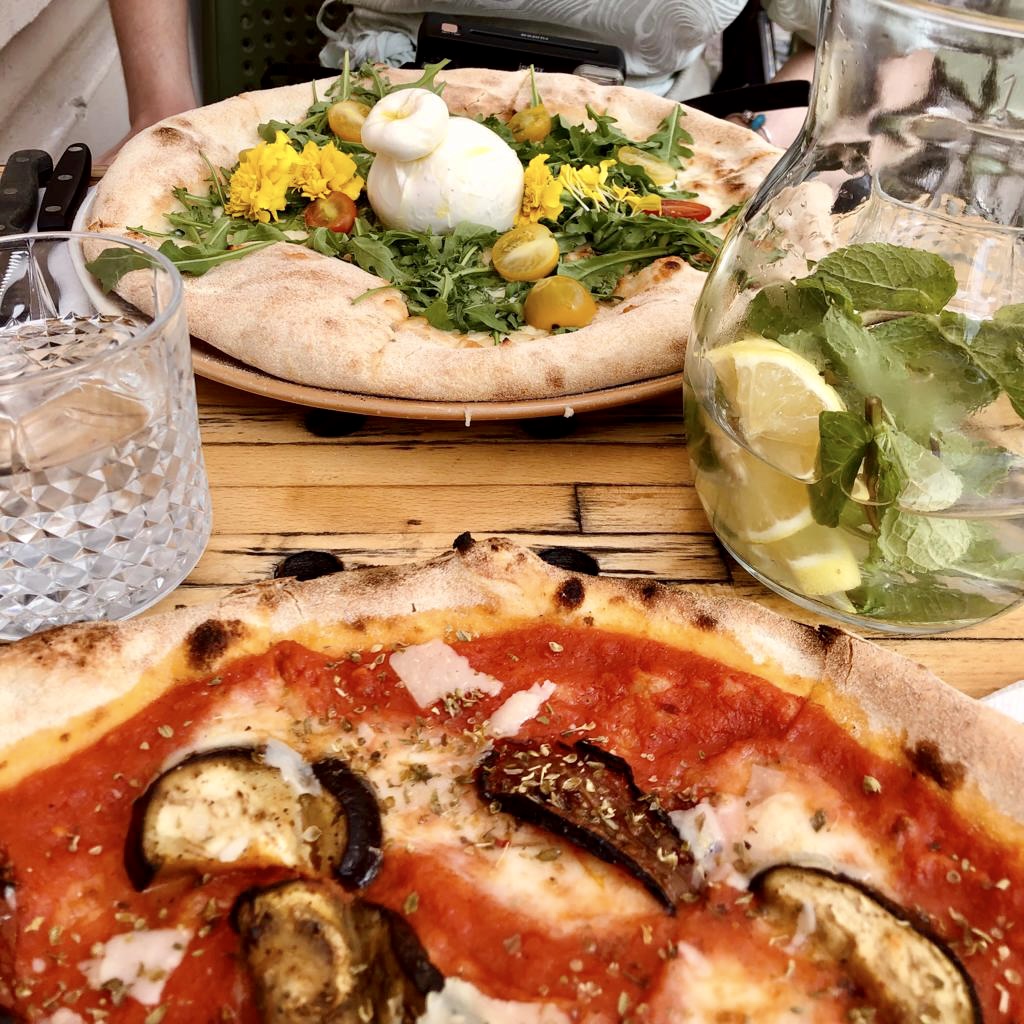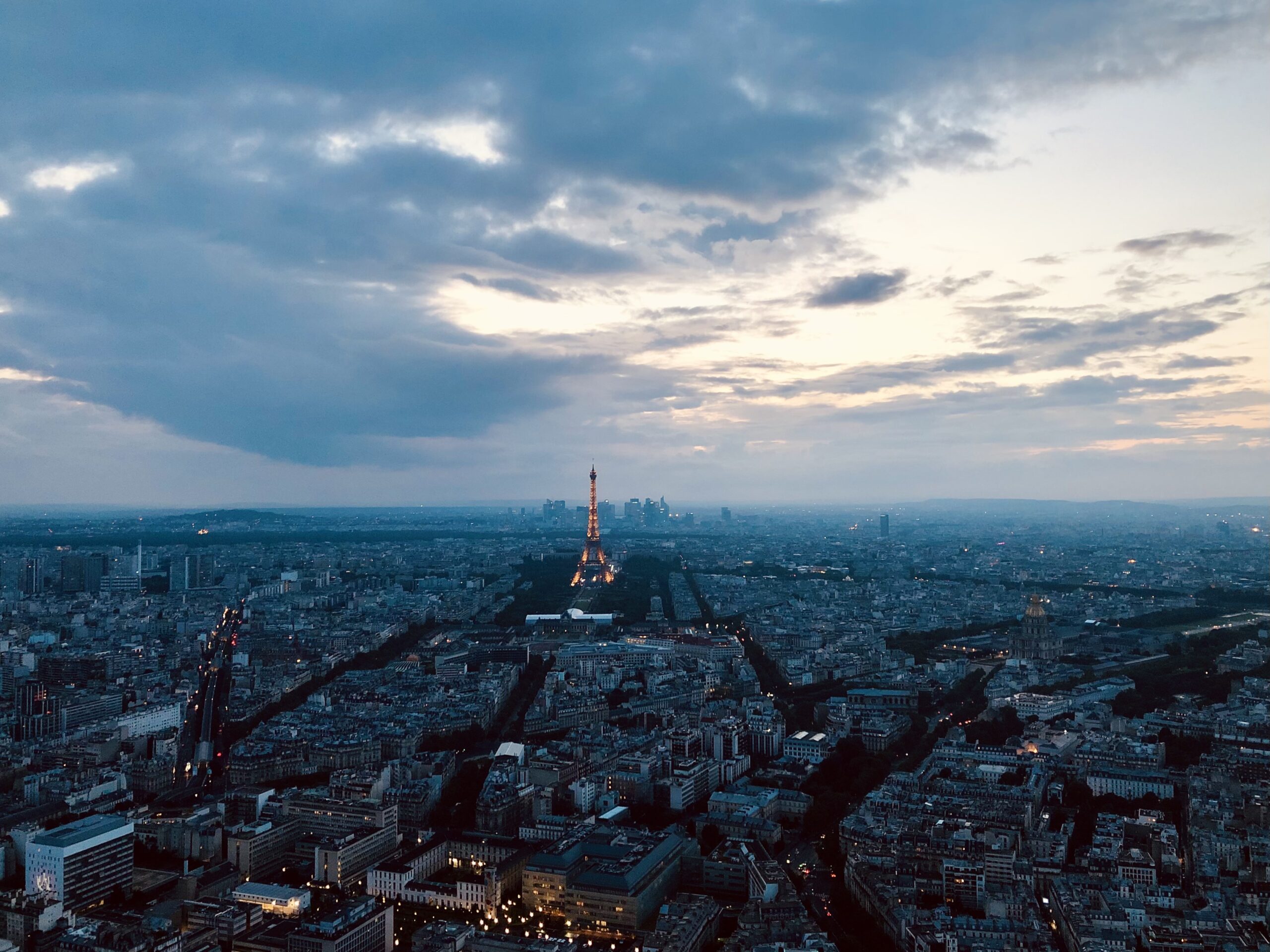Nestled in northwest Africa, Morocco offers a mosaic of breathtaking landscapes, from the buzz of its cities to serene coastal towns and the tranquility of the desert. This rich tapestry of experiences, coupled with its position just a short leap from Europe, makes travel Morocco a treasure trove of culture and adventure.
This guide aims to navigate you through the essentials: from cultural nuances and language tips to ensuring your safety—addressing common concerns about whether it is safe to travel to Morocco. Let’s embark on this vibrant journey across Morocco, unraveling the beauty of Morocco and crafting an unforgettable morocco travel itinerary.
- How to get around
- Things to do
- Packing Essentials:
- Health and Safety
- Navigating Morocco:
- What should I wear as a woman in Morocco?
- Is Marrakech safe for solo female travelers?
- Is a 10-day trip to Morocco sufficient to experience the country?
- How much spending money should I budget for a week in Morocco?
How to get around
CTM Buses: A popular option for traveling between major cities in Morocco are the CTM buses. Tickets are relatively inexpensive, but note that there is an additional surcharge for luggage and large backpacks.
Taxis: When using taxis, make sure the meter is on or negotiate the price before starting the journey. If you’re traveling in a group, consider splitting the cost of a long-haul taxi. It’s an economical option for groups aiming for comfort and speed.
Car Rental: Renting a car is another option for getting around Morocco. It offers the flexibility to explore at your own pace and the convenience of setting your own itinerary. Car rentals are available at the airport and in major cities.
Things to do
Day 1: Taghazout
Agadir airport is the closest airport to Taghazout. Once your flight lands in Agadir, the adventure continues with a transfer to Taghazout, which takes about 40 to 60 minutes by car. A great tip is to take a shared taxi—just ask fellow travelers to join, as the fare remains the same whether there’s one person or five. This laid-back surf town is an ideal introduction to Morocco’s vibrant culture and breathtaking scenery. Whether you’re a novice or a seasoned surfer, Taghazout’s beaches offer perfect waves for all levels. Besides surfing, you can discover hidden culinary gems and enjoy stunning sunsets. Read more about Taghazout here.
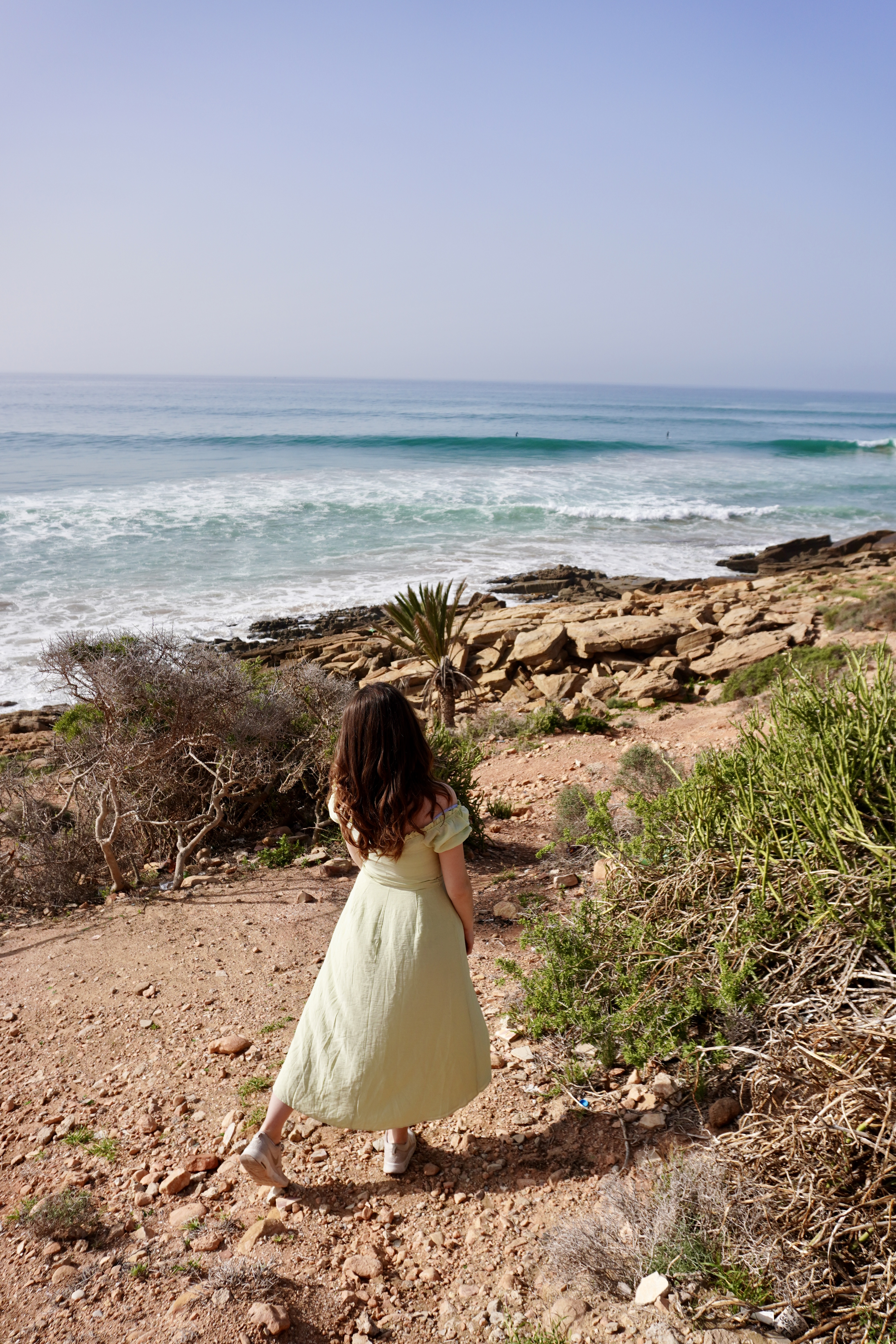
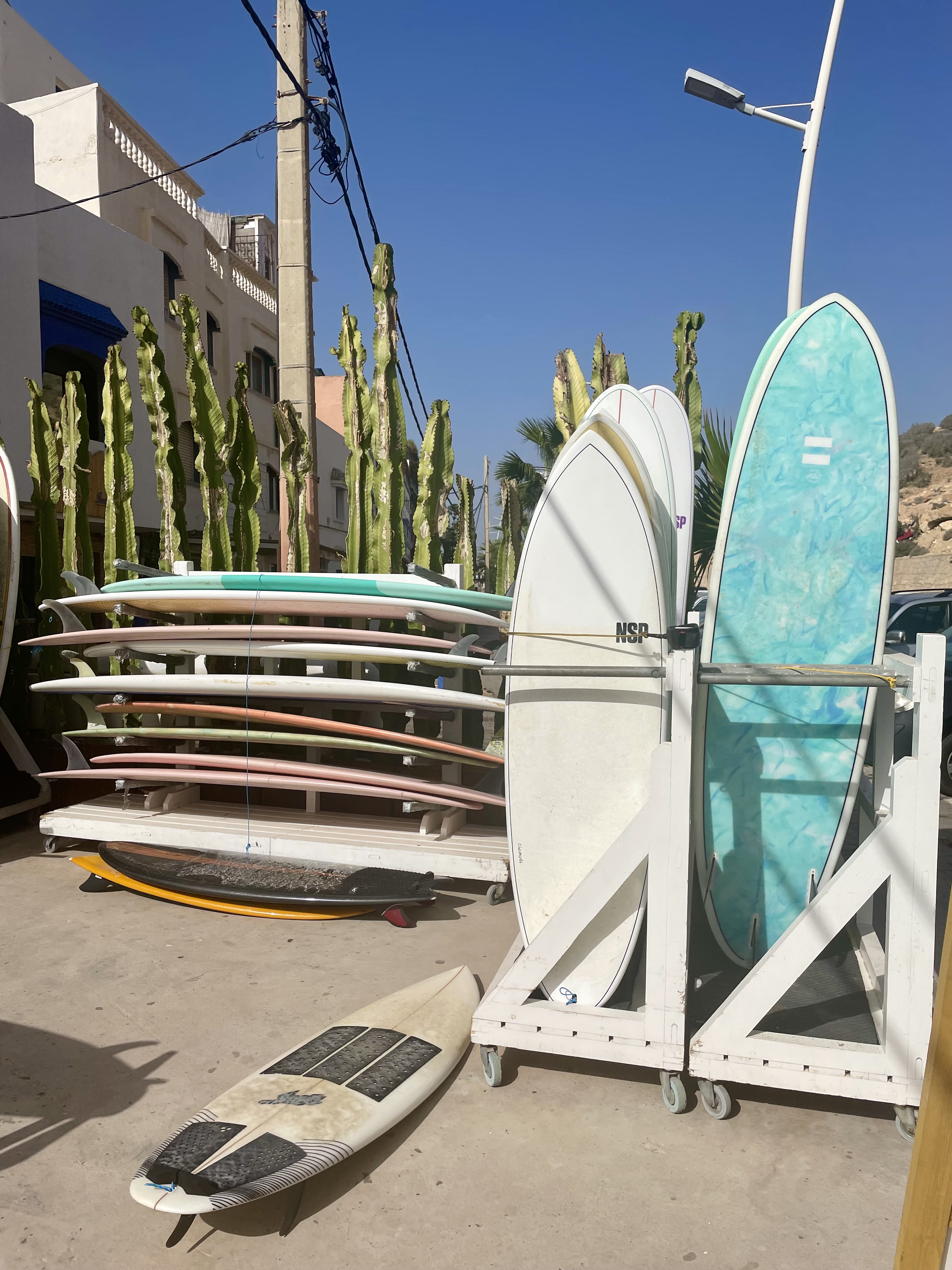
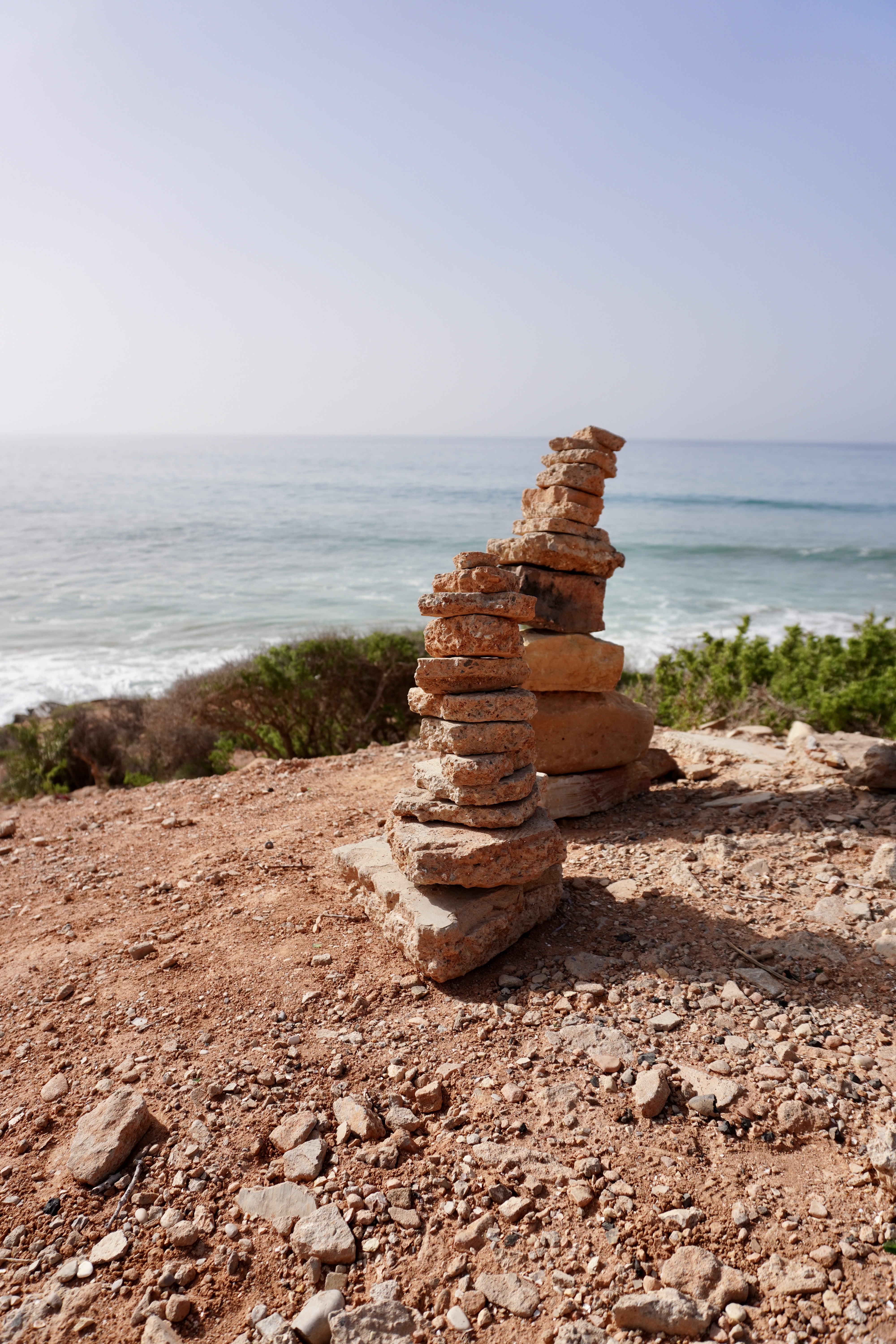
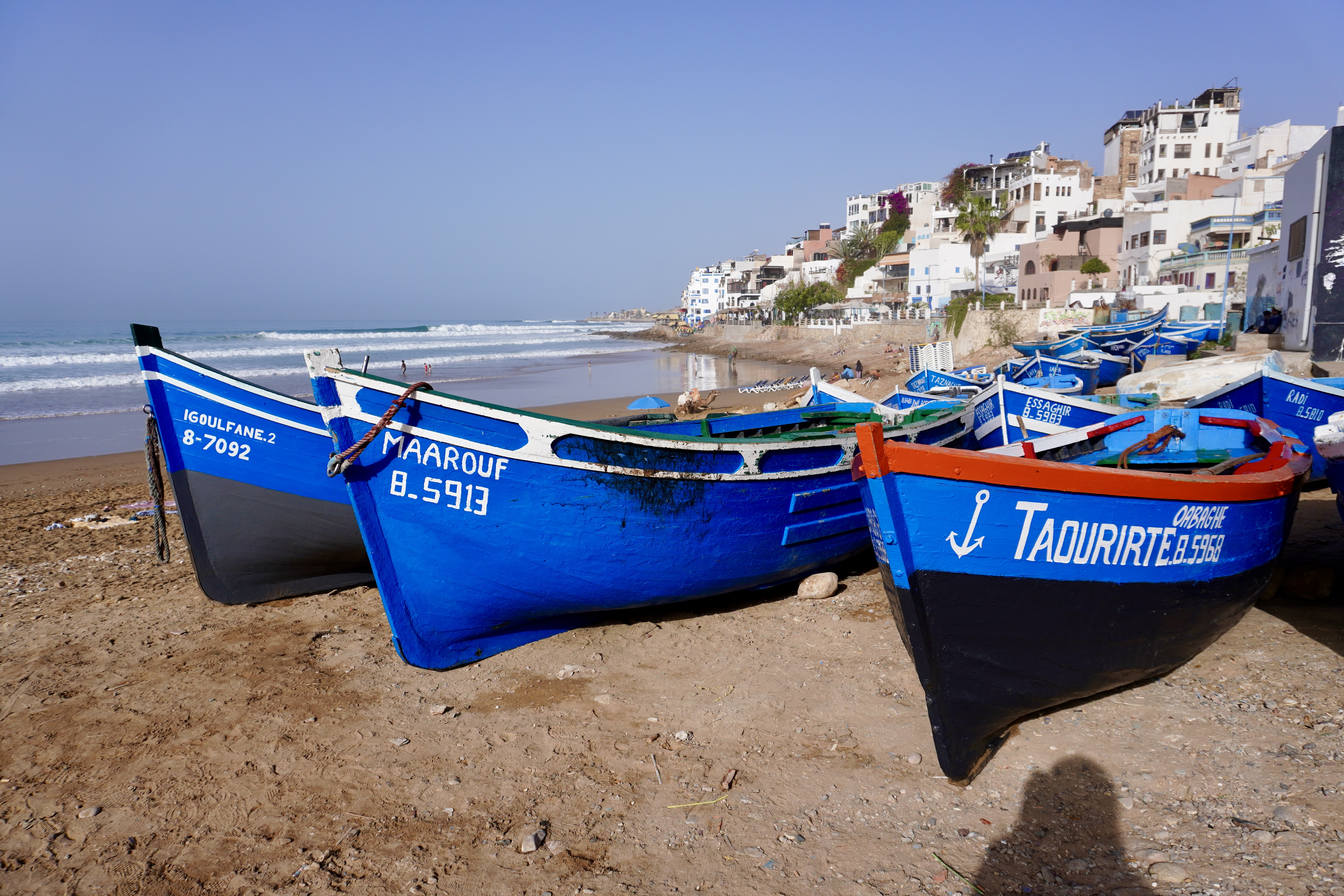
Day 2-4: Exploring Marrakech
After the serene start in Taghazout, your journey leads you to the vibrant heart of Morocco—Marrakech. Marrakesh has tons to offer, from the bustling souks and vibrant markets to the stunning architecture of the Koutoubia Mosque and the opulence of the Bahia Palace. Wander through the enchanting Jardin Majorelle or lose yourself in the historic medina. Each corner of this city tells a story, inviting you to explore its rich history. Don’t miss the chance to relax in a traditional hammam or enjoy a camel ride in the nearby desert. Watching the sunset from one of the rooftop restaurants sealed the deal for me—Marrakech stole my heart instantly. I wrote a detailed article about everything there is to know about Marrakech. Read it here.
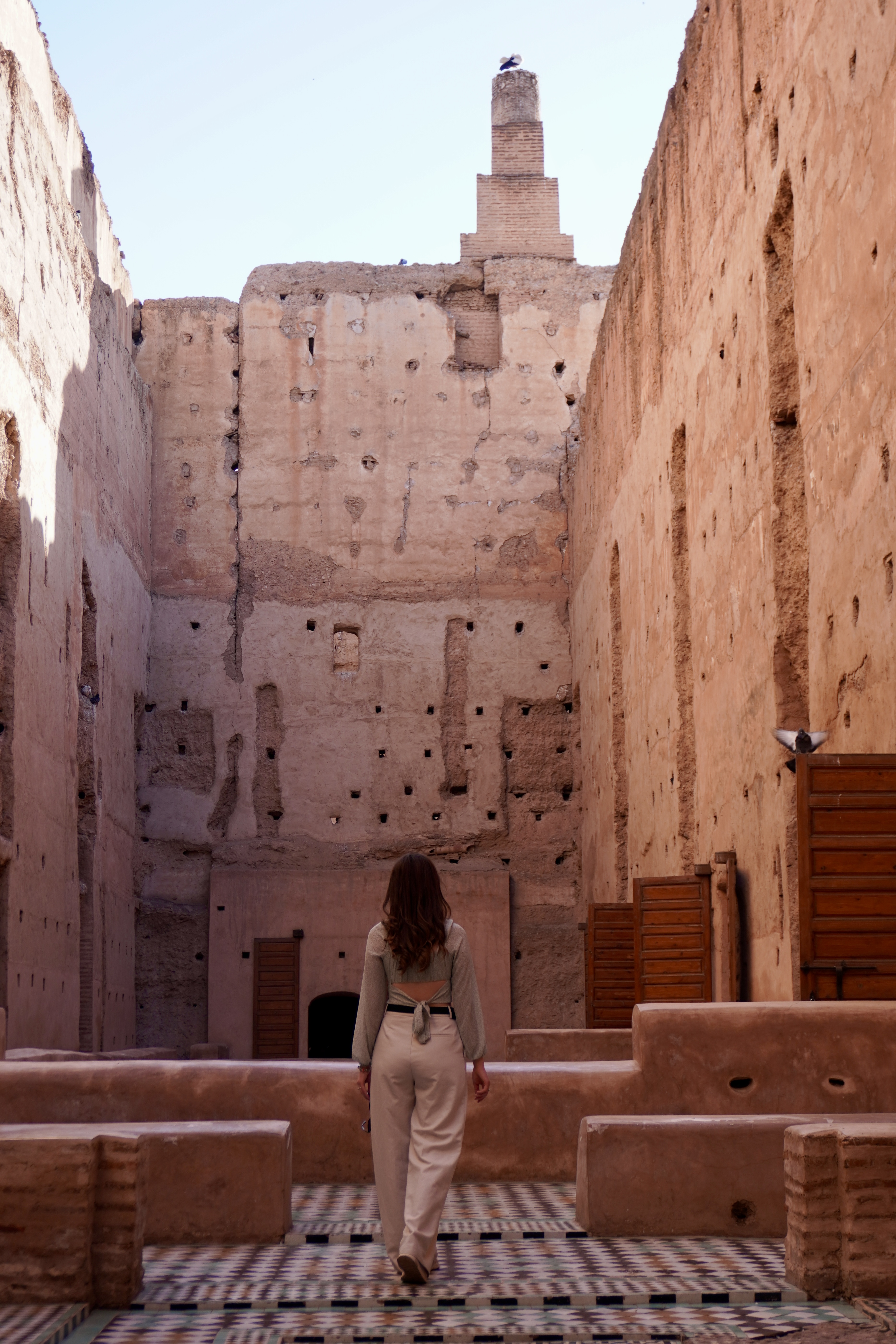
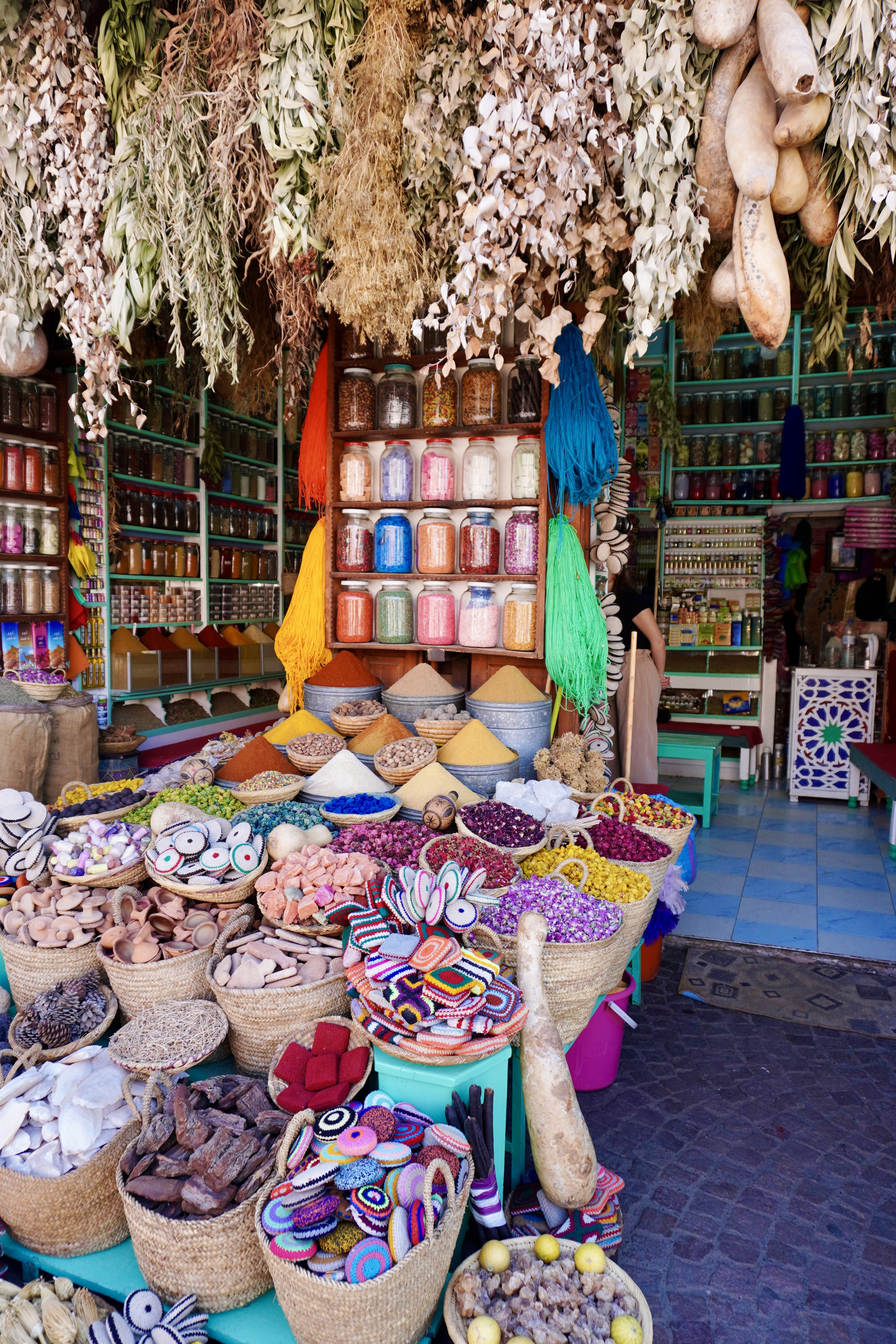
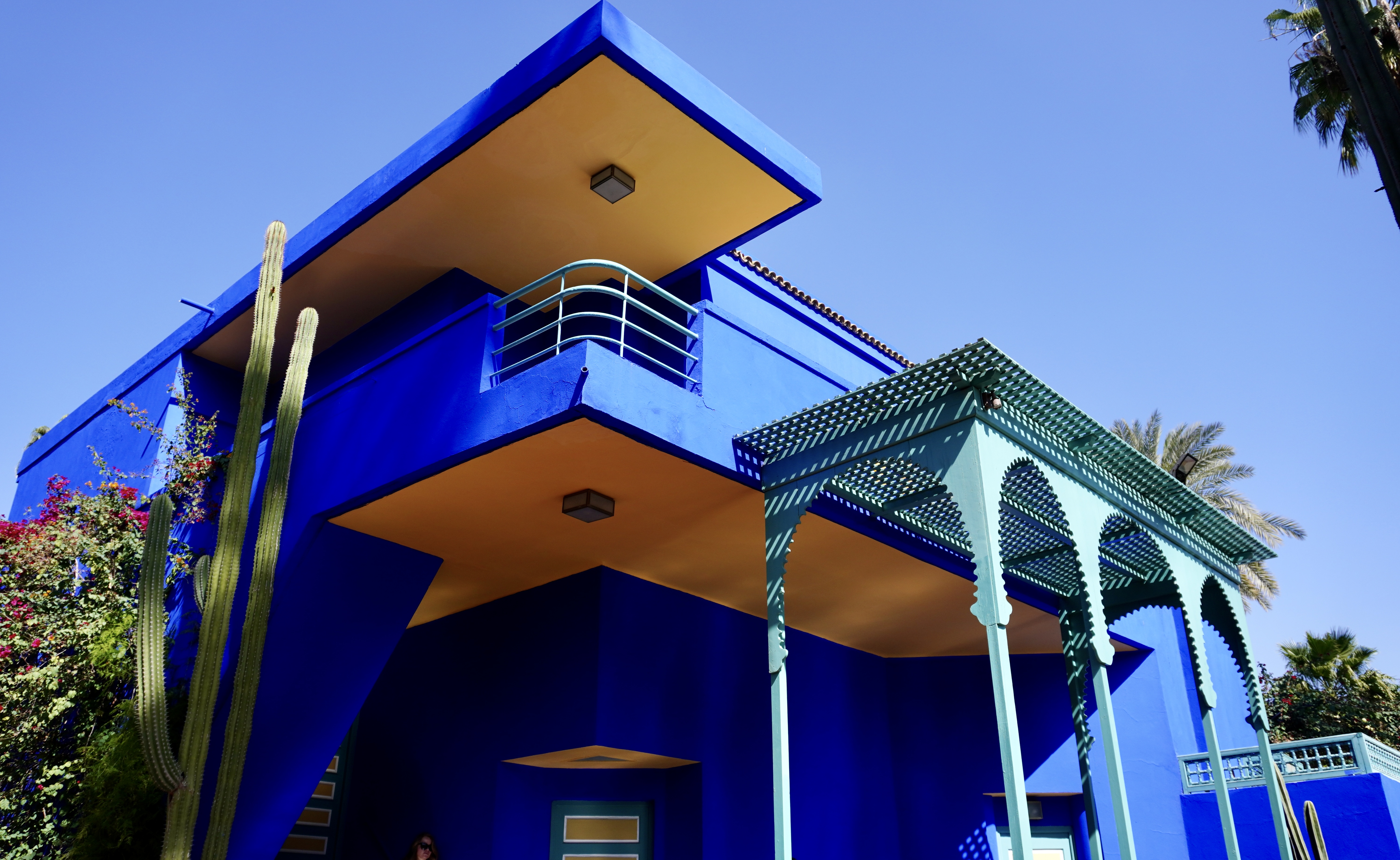
Day 5: Journey Over the High Atlas to Aït-Ben-Haddou
Set out from Marrakech for an adventure to the fascinating Aït-Ben-Haddou, a fortified village nestled near the High Atlas Mountains, just about 100 km southeast of the city. Originally planning to explore on our own, my friend and I, two solo-traveling women, took the advice of locals and joined a guided group tour, which turned out to have its ups and downs. Aït Benhaddou sits proudly at 1300 m altitude, overlooking the dry expanse of the Asif Mellah riverbed, once a vital stop on the Sahara-Marrakech caravan route. The UNESCO World Heritage Site has starred in various movies and shows, like Game of Thrones. Surprisingly, there’s no entry fee with optional guided tours available for just around 3 euros, though I’d say it’s not really needed.
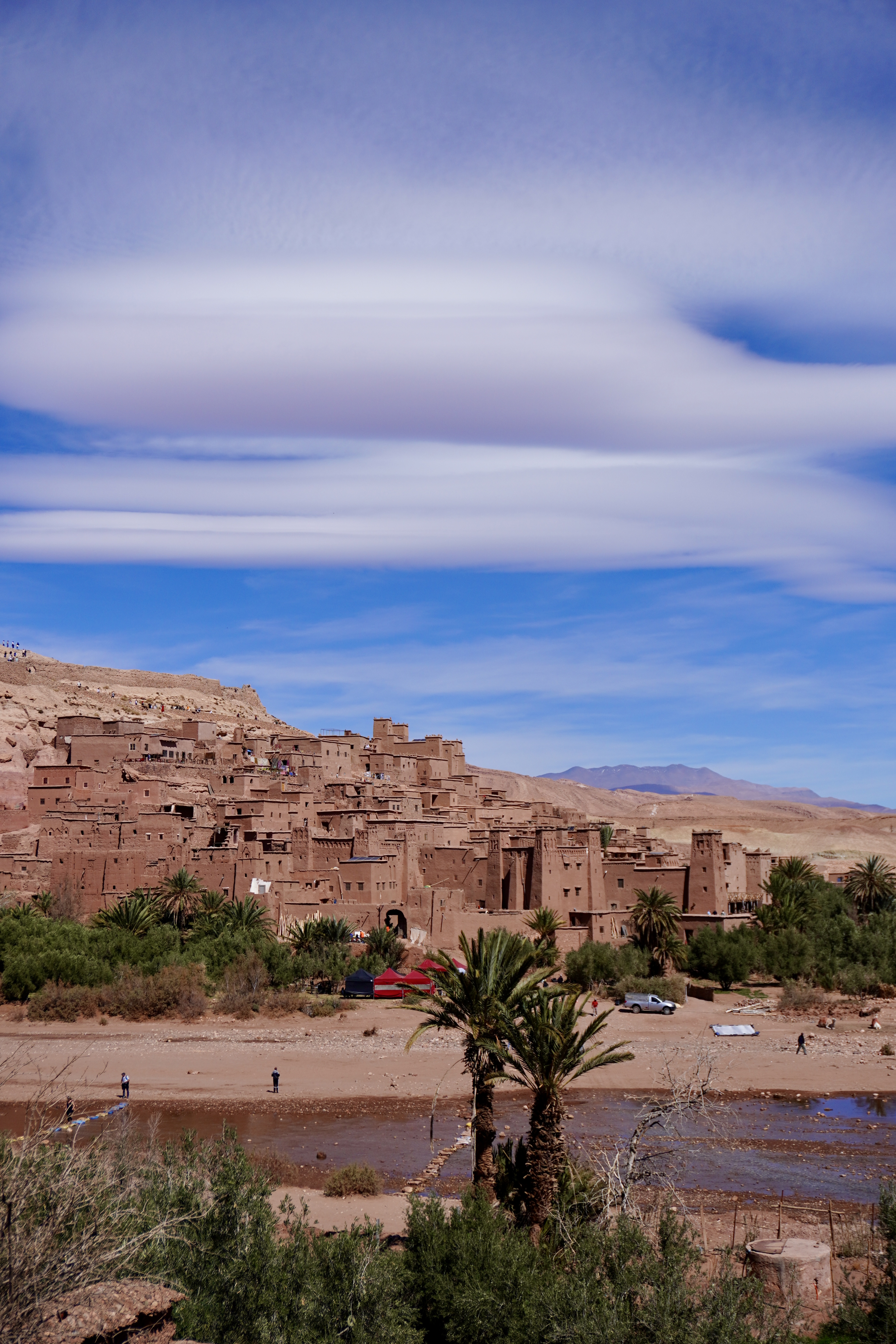
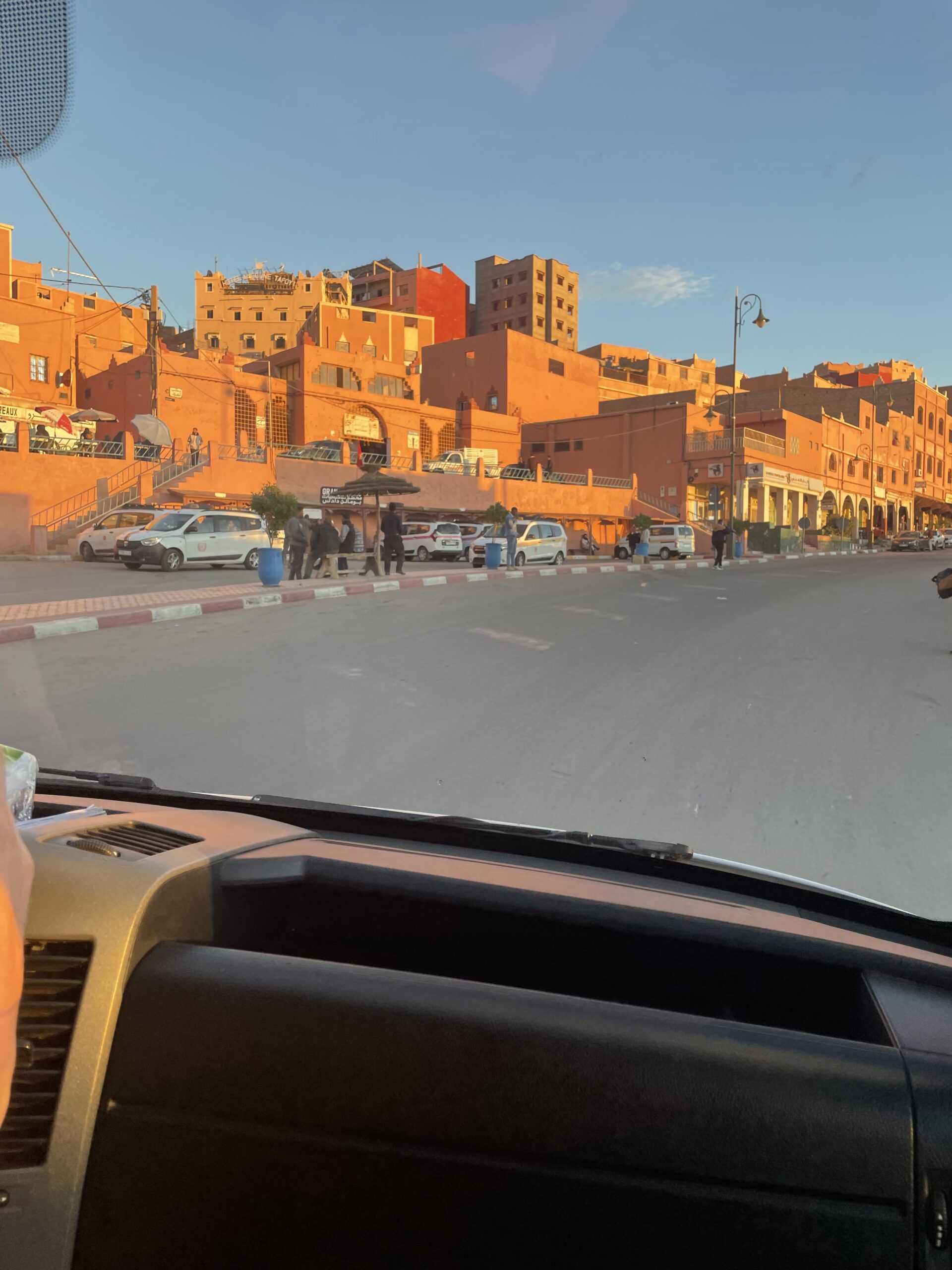

Day 6-7: Dades Gorges and Sahara Desert Exploration
After leaving the architectural wonders of Aït-Ben-Haddou behind, your journey continues towards the breathtaking landscapes of the Dades Gorges and the Sahara Desert. Our hotel on the first day was fine, but the morning program on the second day was a bit disappointing. Despite our guide’s friendliness, we spent too much time in a carpet store and had only ten minutes for the canyon, which was the real highlight. Lunch was an hour-long break at an overpriced tourist restaurant, which we found disappointing.
However, the desert experience was truly the highlight of our trip. The private camel ride at sunset was breathtaking. Our guide was friendly and gave us ample time to enjoy the scenery. The camp was simply amazing, with an incredibly tasty buffet and spacious, comfortable tents. The sunrise over the dunes the next morning was absolutely beautiful, making for a unique and incredible experience. Overall, while parts of the program felt rushed, the desert experience was spectacular and worth every second.
Just so you’re prepared: these tours are essentially the same no matter which organization you book with. They all follow a similar itinerary. I’m giving you all the information so you can decide for yourself whether this type of tour is right for you. This way, you’ll know what to expect and can make an informed decision about your trip.
Pro Tip: Book Your Sahara Excursion Locally. If you’re planning a Sahara excursion, here’s a crucial tip: book it when you’re in Morocco. Online prices for the same tours can be significantly higher than what you’ll find locally.
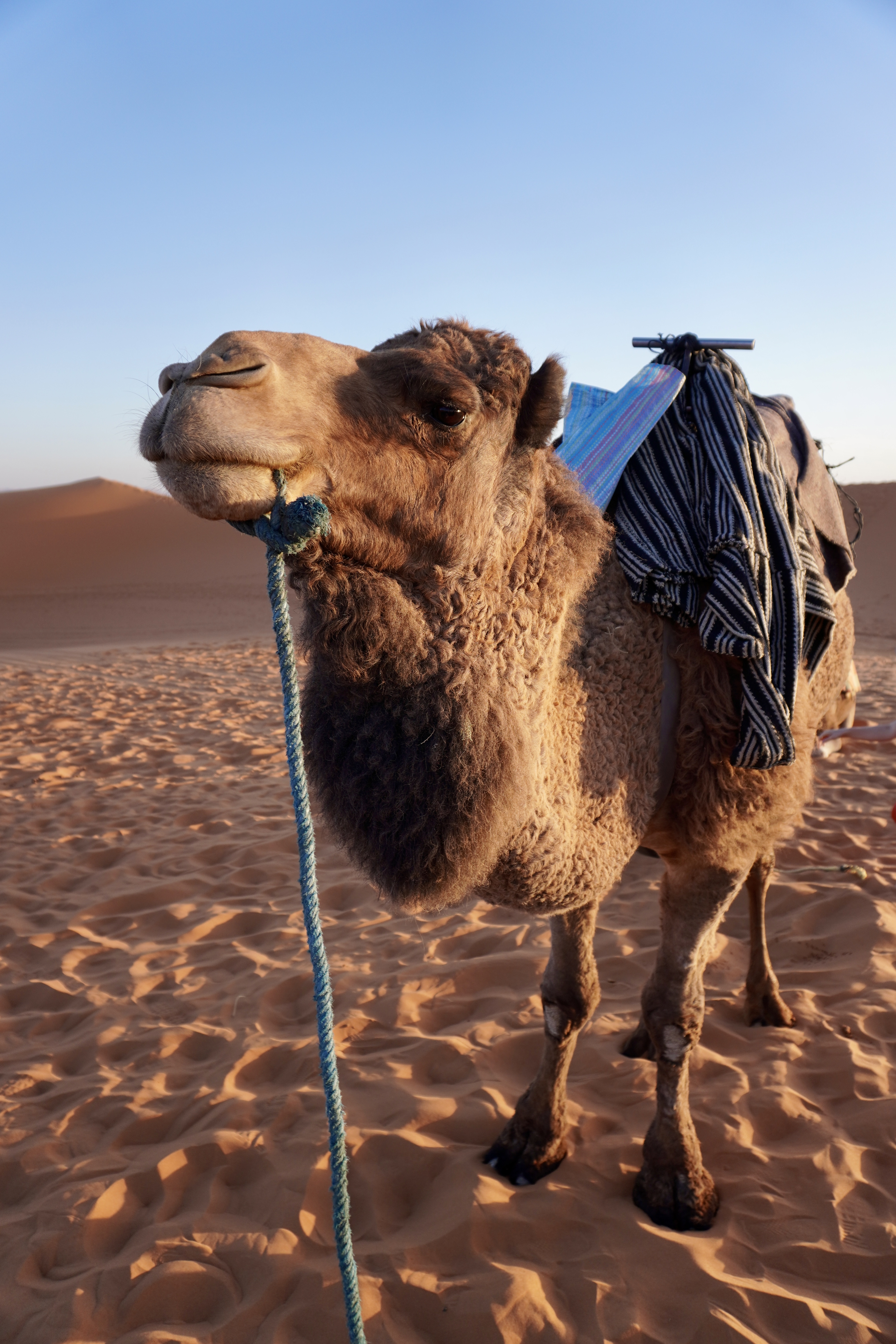
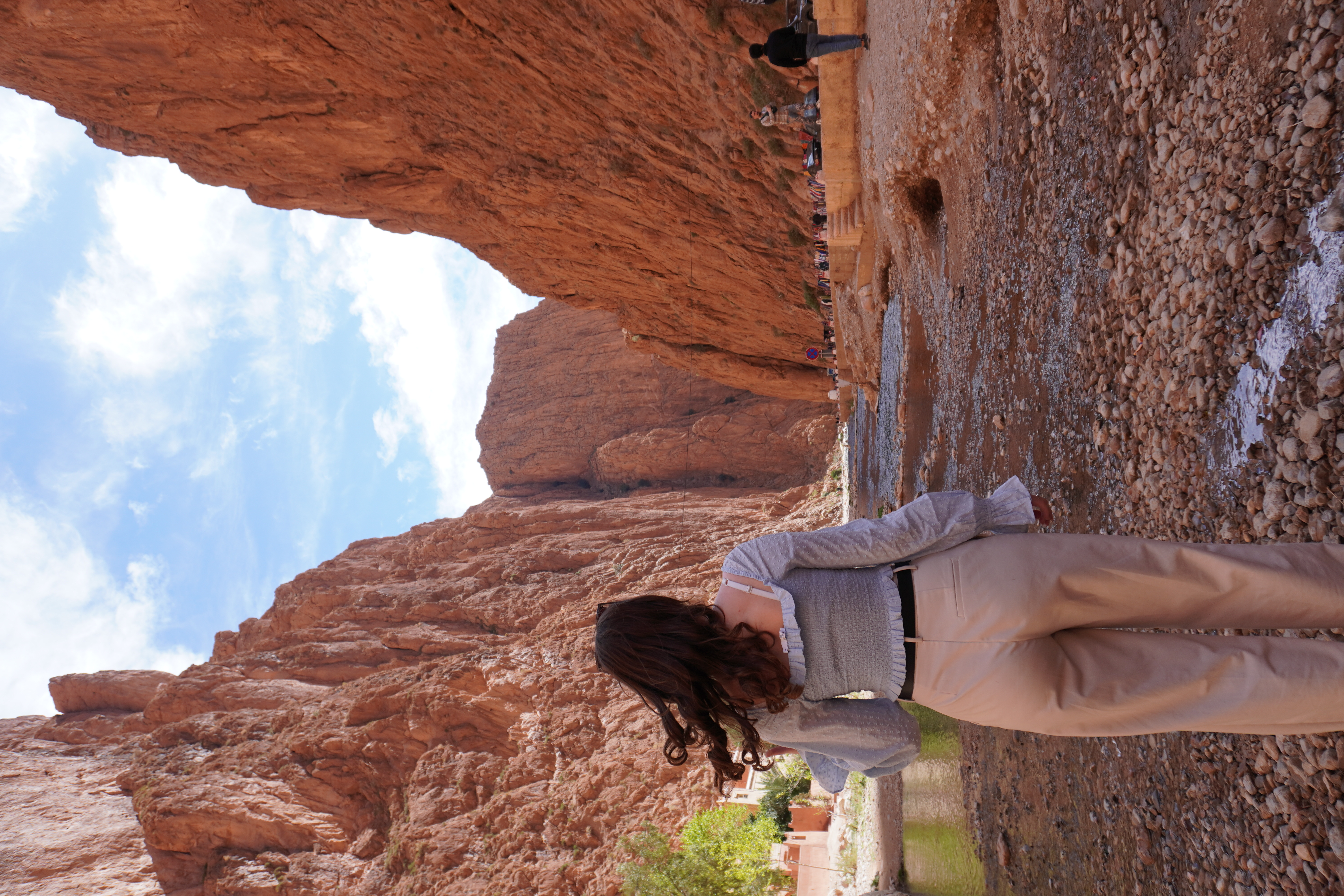
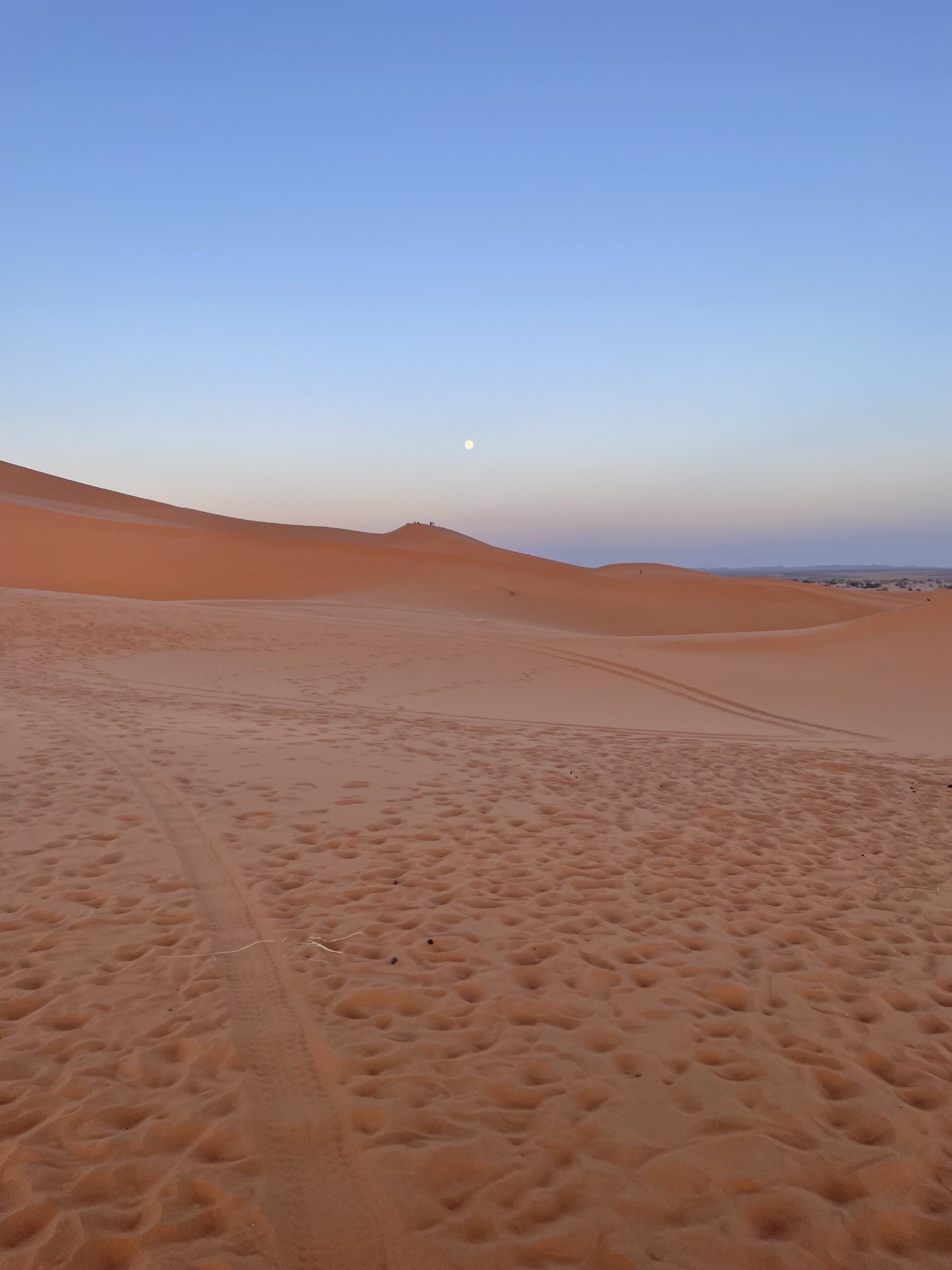
Day 8: Drive to Chefchaouen via Fes
When in Morocco, a visit to Chefchaouen is a must. Its iconic blue Medina, with its picturesque blue-painted buildings and maze-like streets, is a true gem. Don’t forget to explore the Spanish Mosque for stunning panoramic views of the city. Capture the magic of Chefchaouen at sunrise or sunset from the ruins, perfect for Instagram-worthy shots.
Getting There:
- Private Tour: For those looking for a hassle-free experience, booking a private tour online or in-person offers a personalized journey to Chefchaouen, allowing you to enjoy the landscapes at your own pace.
- Public Transit: If you’re leaning towards an authentic travel experience, public transit is the way to go. Companies like CTM and Supratours service the Fes to Chefchaouen route. Tickets can be purchased online or in person. Remember to purchase your tickets at least a day before to secure your seat.
- Taxi or Car Rental: For a more flexible schedule, consider a grand taxi or renting a car. This option lets you explore at your leisure, making stops along the way to capture the beauty of Morocco’s countryside.
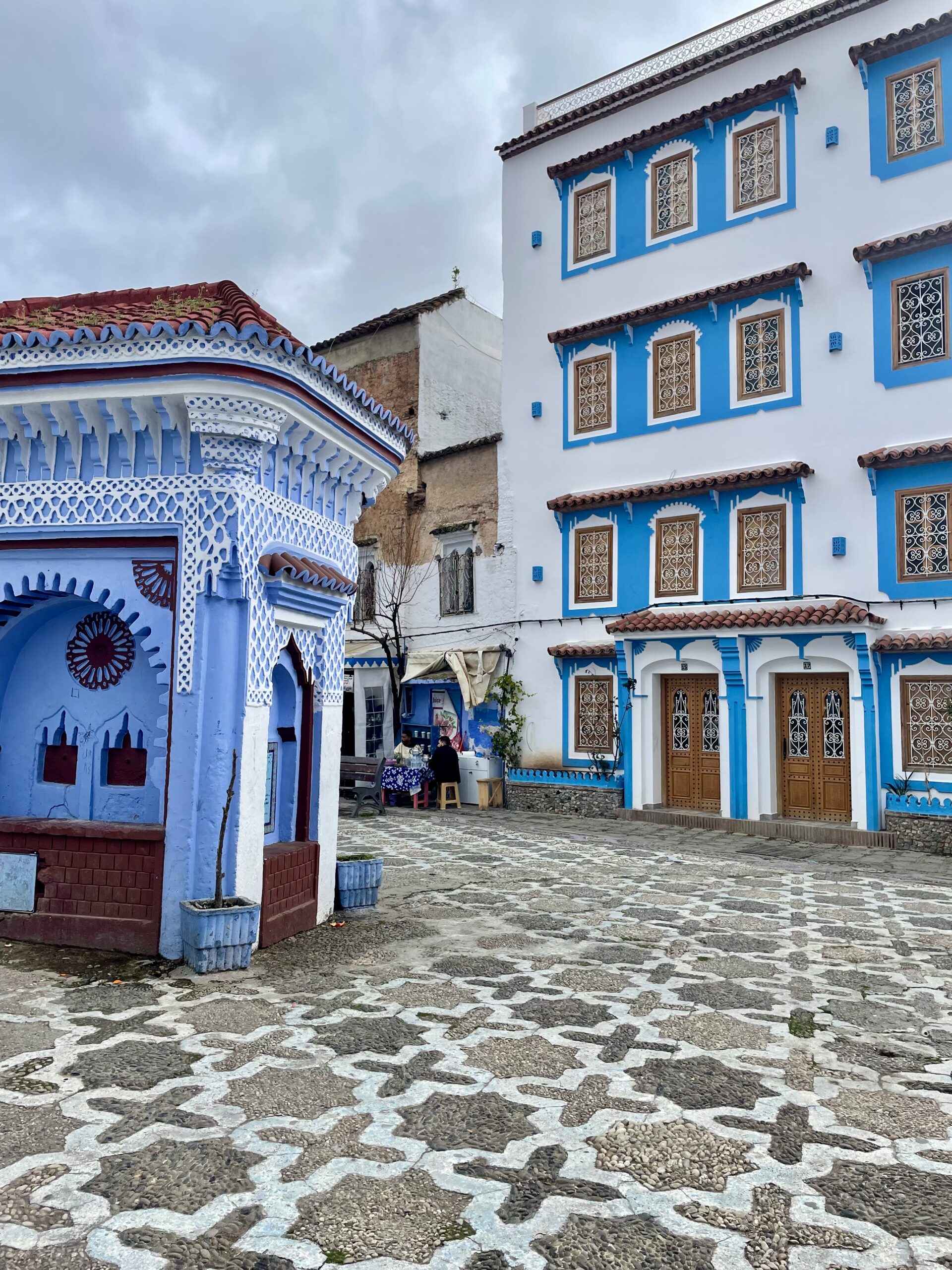
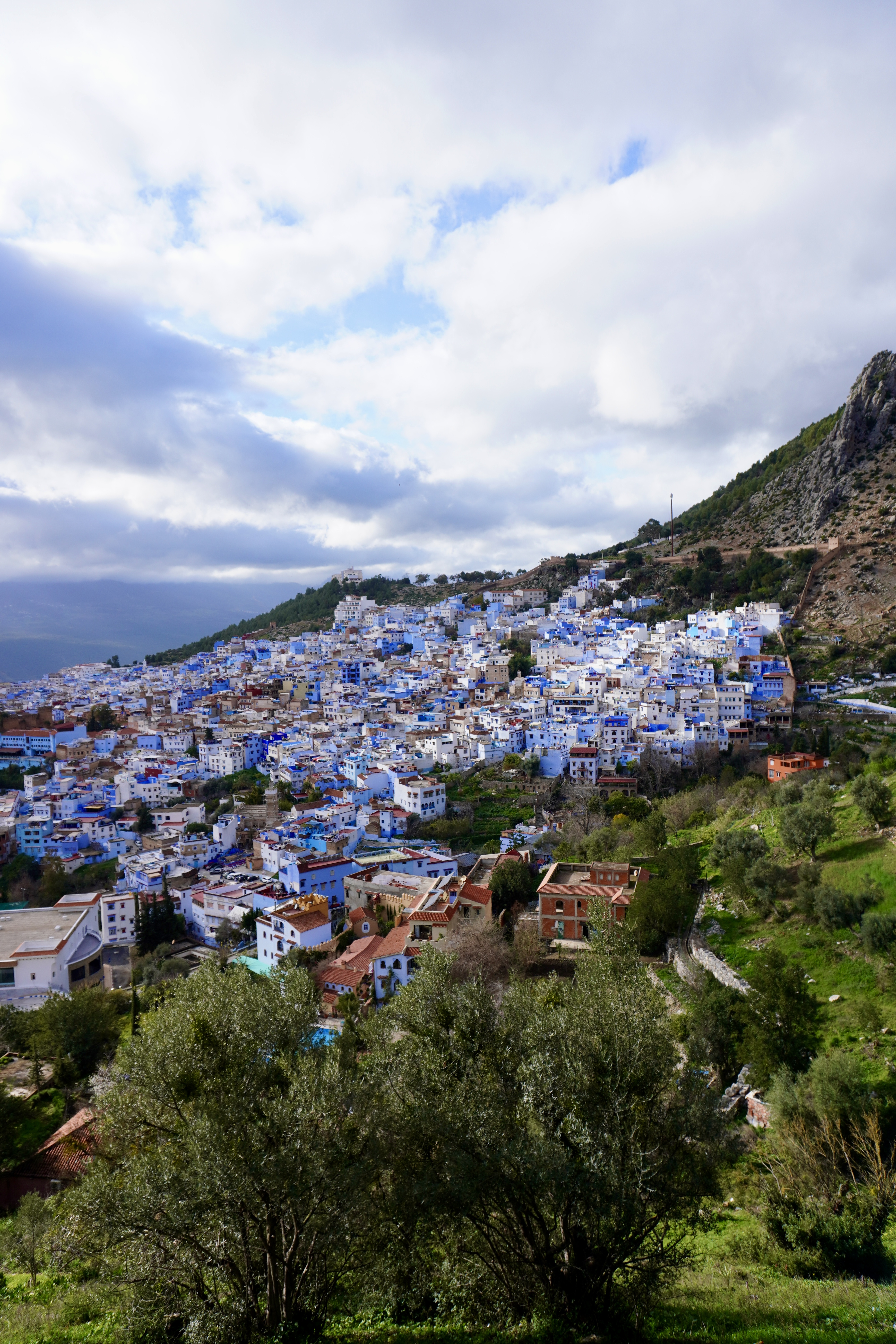
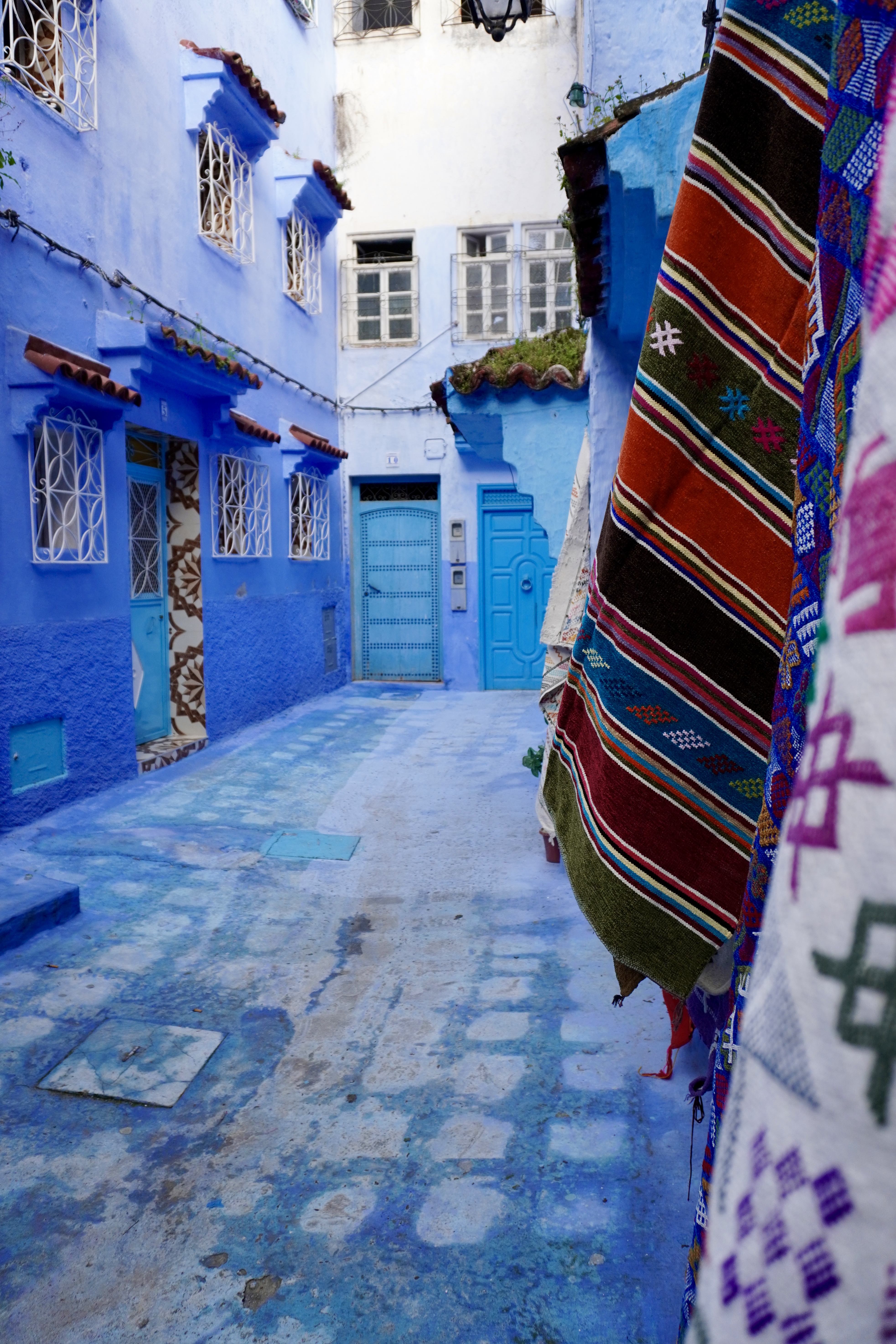
Day 9-10 Chefchaouen to Fes: Exploring Fes
My stop in Fes, Morocco, was an adventure steeped in history and culture. Begin at the iconic Blue Gate, the perfect entrance to the bustling Medina. Don’t miss the Madrasa Al-Attarine, an architectural gem with a modest entrance fee of 20 MAD. A visit to the famous tanneries is also a must, where you can witness traditional leather-making processes—just be prepared to brave the strong smells! For a serene escape, stroll through the Jnan Sbil Gardens, located within walking distance of the Medina. These lush, free public gardens are perfect for a leisurely picnic, so bring some snacks and soak in the tranquil ambiance amidst your Fes exploration.
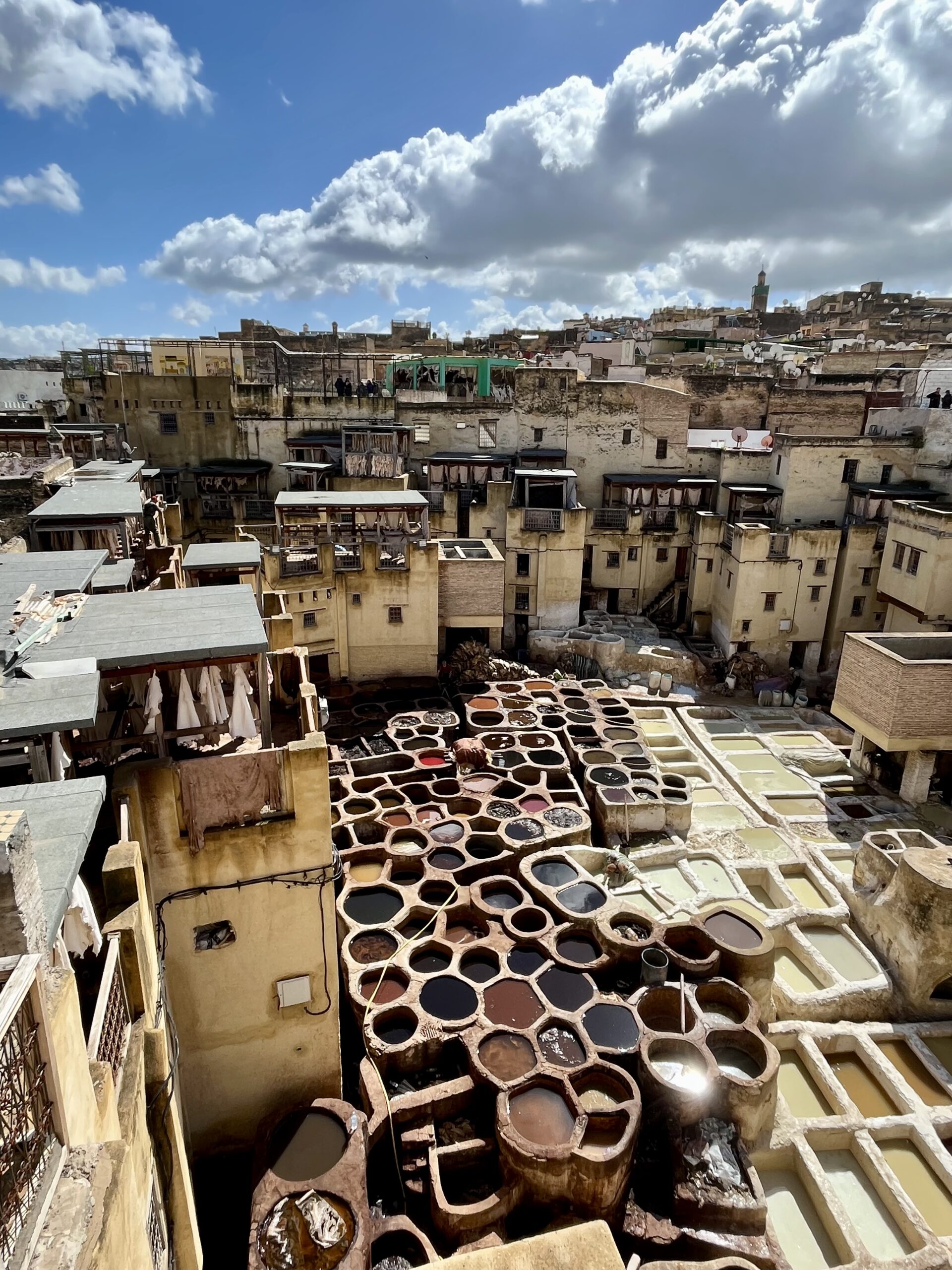
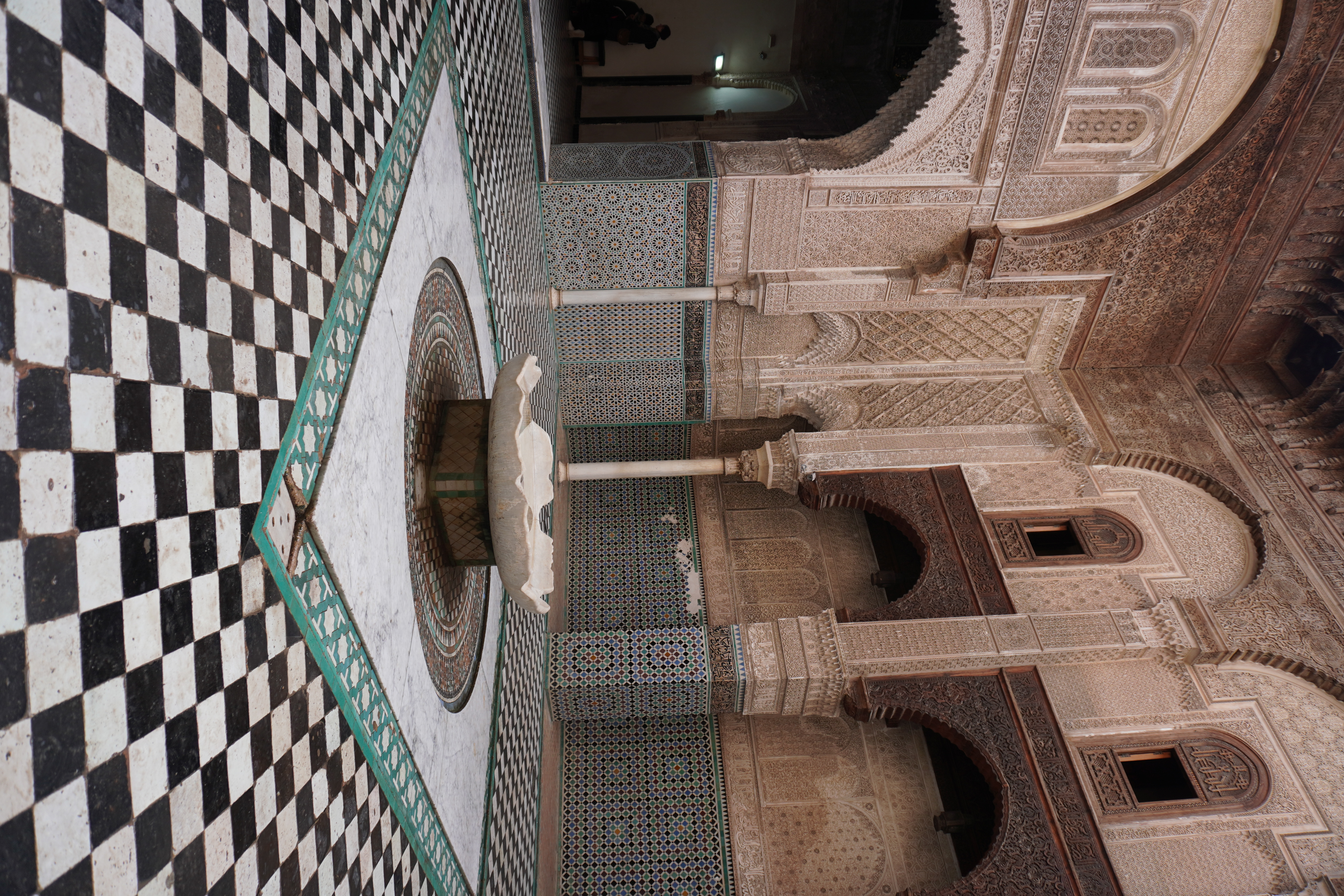
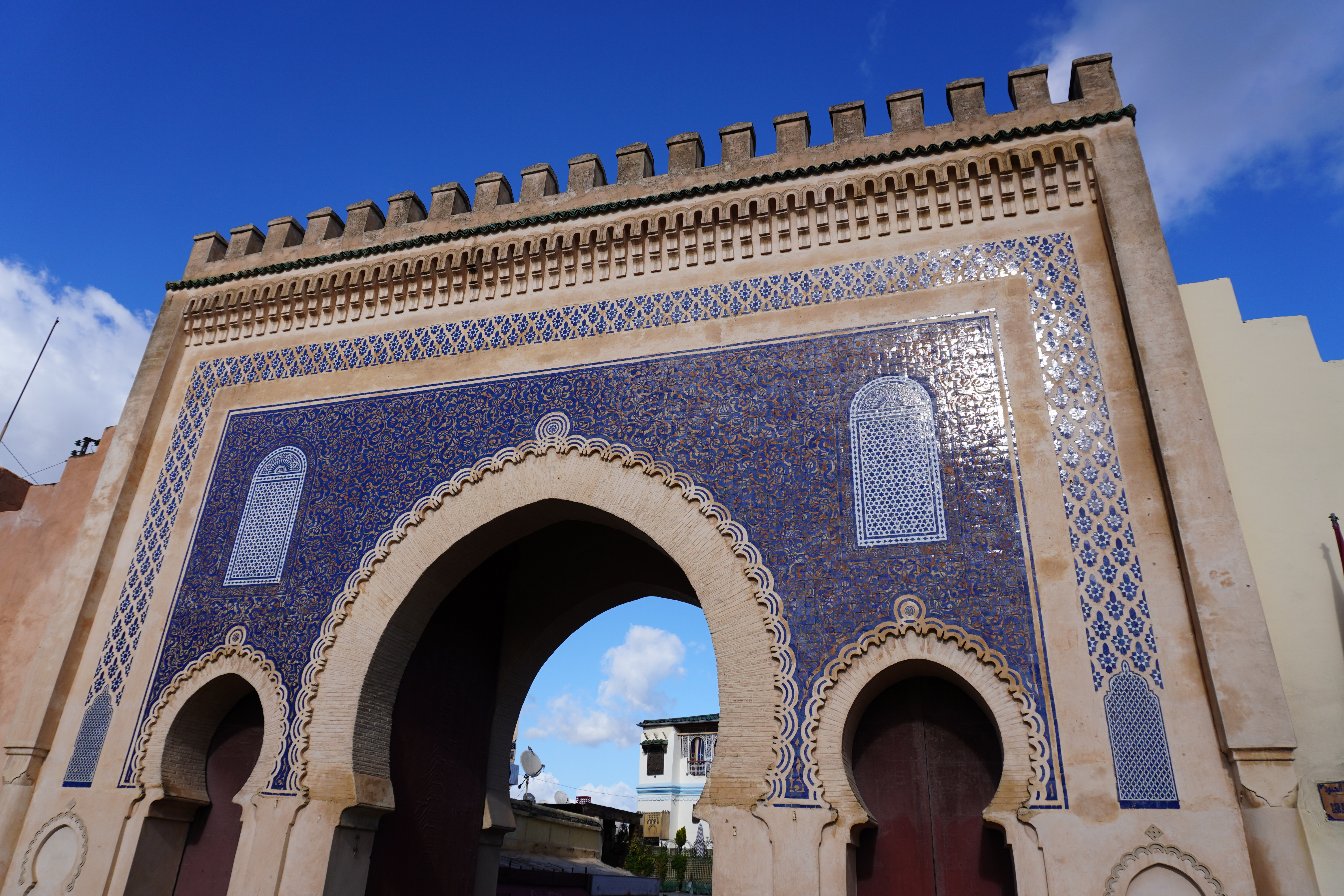
This concludes the 10-day adventure in Morocco, filled with vibrant markets, stunning landscapes, and rich cultural experiences. So, what are you waiting for? Pack your bags and get ready to embark on an unforgettable 10-day adventure in Morocco!
Good to know: Print out your boarding pass for the return journey at home. Moroccan airports often require a paper boarding pass for stamps and other procedures. If you don’t have it printed beforehand, you’ll need to pay a fee at the airport to get your ticket issued.
Packing Essentials:
- Lightweight Clothing: Considering the varied climates across your destinations, pack lightweight and breathable clothing that can be layered. Nights in the desert can be cool, so include a warm jacket or a jumper.
- Comfortable Footwear: You’ll be exploring cities, hiking through the Atlas Mountains, and possibly trekking in the desert. Comfortable, sturdy shoes are a must.
- Sun Protection: Sunglasses, a wide-brimmed hat or hat scarf, and sunscreen will be your best friends, especially in the desert.
Health and Safety
- Travel Insurance: Always a good idea, make sure your policy covers medical expenses and unexpected trip cancellations or interruptions.
- Stay Hydrated: With the Moroccan heat, especially in places like Merzouga, keeping hydrated is crucial. In Morocco, the tap water is generally considered safe for locals to drink, but for travelers, it’s recommended to exercise caution. While the water quality in major cities like Casablanca, Marrakesh, and Rabat often meets safety standards, it can still contain minerals and microbes unfamiliar to visitors, potentially leading to stomach issues. To ensure a pleasant trip, opt for bottled or filtered water, which is readily available throughout the country. Boiling tap water or using a reliable purification system are also good alternatives if bottled water isn’t accessible.
- Respect Local Customs: Morocco is a predominantly Muslim country. Dress modestly, especially when visiting religious sites, and be mindful of local customs and traditions.
Navigating Morocco:
- Currency & Bargaining: The Moroccan Dirham (MAD) is the currency. Cash is king, especially in smaller towns and markets. Bargaining is part of the culture, especially in souks, so don’t shy away from negotiating prices.
- Language: Arabic, Berber and French are the official languages. English is increasingly common in tourist areas, but learning a few basic phrases in Arabic or French can enhance your experience.
- Connectivity: Wi-Fi is widely available in hotels and cafes, but having mobile data is handy for exploring. Consider purchasing a local SIM card for easy navigation.
FAQs
What should I wear as a woman in Morocco?
Since Morocco is a Muslim country, it is generally advisable to cover your shoulders and knees out of respect for the local culture. However, especially in the Medina of Marrakech, we have seen some female tourists wearing short shorts and skimpy skirts. So, in principle, you can also wear more revealing clothes, but then you have to expect to attract unwanted attention. In riads or hotel complexes, however, you can safely wear short dresses etc.
Is Marrakech safe for solo female travelers?
Generally, we felt very safe at all times. However, we were cautious and returned to our riad after sunset, where we spent the evening on the terrace. My friend and I read that it’s not recommended to be out alone in the dark.
Is a 10-day trip to Morocco sufficient to experience the country?
A 10-day trip to Morocco is ample time to explore a variety of cities, both large and small, as well as experience the mountains, deserts, and unique accommodations like glamping tents and riads. However, it’s important to note that 10 days isn’t enough to cover everything Morocco has to offer. This just gives you an excellent reason to plan another visit in the future.
How much spending money should I budget for a week in Morocco?
Morocco offers affordable vacation options. I spent around 20 to 30 euros per day on breakfast, lunch, and dinner. You can find beautiful accommodations on AirBnB starting from 15 to 25 euros per person per night.

